- News
- Reviews
- Bikes
- Accessories
- Accessories - misc
- Computer mounts
- Bags
- Bar ends
- Bike bags & cases
- Bottle cages
- Bottles
- Cameras
- Car racks
- Child seats
- Computers
- Glasses
- GPS units
- Helmets
- Lights - front
- Lights - rear
- Lights - sets
- Locks
- Mirrors
- Mudguards
- Racks
- Pumps & CO2 inflators
- Puncture kits
- Reflectives
- Smart watches
- Stands and racks
- Trailers
- Clothing
- Components
- Bar tape & grips
- Bottom brackets
- Brake & gear cables
- Brake & STI levers
- Brake pads & spares
- Brakes
- Cassettes & freewheels
- Chains
- Chainsets & chainrings
- Derailleurs - front
- Derailleurs - rear
- Forks
- Gear levers & shifters
- Groupsets
- Handlebars & extensions
- Headsets
- Hubs
- Inner tubes
- Pedals
- Quick releases & skewers
- Saddles
- Seatposts
- Stems
- Wheels
- Tyres
- Health, fitness and nutrition
- Tools and workshop
- Miscellaneous
- Cross country mountain bikes
- Tubeless valves
- Buyers Guides
- Features
- Forum
- Recommends
- Podcast
How to conquer long bike rides without getting too tired: smash long-distance epics and avoid the dreaded bonk with these top tips
Being miles away from home without an ounce of strength left in your legs is many a road and gravel cyclist's worst nightmare. Some people call it a bonk, others call it hitting the wall, and we call it… familiar, but also avoidable! In this article, we'll share and discuss some tips that we've picked up over the years so that you can smash whatever your big ride target is this year.
Riding a bike a long way isn't everyone's idea of fun, but it is road.cc Dave's. Therefore, we roped him into sharing his tips on how he does it, and the secrets to doing it all with a smile on his face.
This year, Dave's big ride goals are the Dragon Ride, at just over 200km, and also the 600km Bryan Chapman Audax across Wales and back. Those will need very different strategies, but there are plenty of things that you should always consider, whatever you goal: whether you're looking to complete a local sportive, an epic adventure, a multi-day ride, your first 50km, 100km, whatever, hopefully, we can impart some knowledge to help you hit that goal and have you champing at the bit for your next on-bike challenge.
1. Don't go off too hard
If you take nothing else from this article, then remember this one! It's so, so easy to get carried away and set off too fast, and even seasoned endurance riders like Dave have done it so many times. The problem is it never, ever ends well.
When starting on a big ride, you've got only so many matches to burn. A blast up the first hill in the red is one match gone, and you're never getting that back! Pacing yourself will almost always involve holding yourself back, but on nearly every big ride many of us find ourselves tempted to push on early doors. Dave says that the rides with the most smiles are nearly always the ones where you start off slow.
> 8 ways to get the best out of a sportive
You hopefully have some idea of the speed you can sustain from training rides, but as a general rule try to keep it at a chatty pace for the first hour. Don’t push the pace until you’re sure you can maintain it to the finish line, or at least to a point where you’ll get a break at a stop.
The good thing about big organised rides is that there's lots of opportunity to sit in the pack and pick off the overly eager people later. Just be prepared for dirty looks as you breeze past them later on...
2. Fuel, fuel, fuel
Your body is like a car engine... apart from when it runs out of fuel (or electricity), you’ll just get laughed at if you ring up the AA.
Cycling burns through bucketloads of energy, so on a longer ride you need to make sure you're replacing as much of it as possible. You can do this with cake, which is one of our favourite things about cycling.
Unless you're racing, you don't need to be too concerned about exactly what it is you're eating to fuel. As long as it's got carbs then you're most of the way there, and it doesn't even have to be cycling-specific. Dave says that he usually tries to mix it up a bit, and unless you've got a very firm control over your guts then just energy gels normally isn't the way to go.
> How to eat right for sportives and long rides
Experiment with different foods and find what works for you. Don’t be tempted to gorge yourself on unfamiliar sports nutrition products at the feed stops. That can end badly if they don’t agree with you!
Our personal favourites are bananas and homemade energy bars, which can just be a load of nuts, seeds and oats baked with some syrup. Oh, and cake. Basically just make sure your pockets or bags are stuffed and start eating as soon as you set out. By the time you feel hungry, you've already started heading towards the bottomless spiral of pain, and that dreaded bonk. Carb drinks are an easy way to get some extra energy down you as you hydrate, although probably don't copy Luke Rowe (above).
3. Prepare your bike well in advance
> How to keep your bike running smoothly
It's not just your body that will be put under strain on a big ride. Your bike will be as well, and it’s absolutely rubbish to have to throw in the towel due to some avoidable mechanical when you’re feeling strong.
Make sure you can change gears and switch between them all smoothly. If your gars are electronic, make sure they're charged up. Make sure your chain is lubed to avoid any unwanted squeaking, check you've got some brake pads left, check for thorns and glass in your tyres, pump up those tyres and make sure they hold air.
Many big rides will have some kind of bike support. It might be tools or mechanics at the feed stops, or even neutral service on the course. Don’t rely on it though. Take a toolkit and make sure you know how to fix the things that are most likely to go wrong: loose bolts, punctures, gears going out of whack, brakes rubbing, that kind of stuff.
4. Make sure you're comfortable on the bike
A big ride can be ruined by discomfort on the bike... but what if we told you that most knee, back and bum pain can be avoided? And no, the answer isn't a concoction of painkillers (although we've been there) but rather a properly fitting bike.
Although lots of us would benefit from one, you don’t need to go out and spend a fortune on a bike fit. If you can't justify a pro fit financially, take the time in the build-up to event day to focus on making some little changes.
> The things I learnt from a professional bike fit
If you haven't watched it yet, then we have a video on some bike fit tips that could make you both faster and more comfortable on the bike linked above.
5. Be prepared
A lot of the hard work when completing a challenge happens long before you ever swing a leg over the bike on the start line. There's lots of other things that you can do to make your life easier on the day.
Firstly, do some research. If your big ride is an organised event, how long does it take to get there, and how much time will you need to get yourself sorted before the start? Is your route hilly or flat? Where are the hills, how steep are they and what gearing will you need to get up them? Are there feed stations? If so, where are they, and what can you expect to find there? If you don't ask yourself these questions before the hour of reckoning then you could find yourself in a very sorry state. We certainly have!
Also, eat well the night before. Something fairly carb-heavy to load up for the ride is traditional, but whatever works for you. Have a decent breakfast too. Obviously don't go crazy, but there's no point setting off with the tank half empty.
You'll also want to look up the weather forecast, for the whole day if it’s a long ride. It's easy to get caught out, so dressing appropriately will make your ride a lot more enjoyable.
6. Find people to ride with
> The best position for drafting in a pack
Did you know that on the flat, sitting behind someone will save you about a quarter of your effort? Now imagine how much easier it'll be sitting behind loads of people! Perhaps more importantly, though, it gives you someone to talk to, someone to share the experience with and sit in the pub with after you've conquered something you never thought possible.
This is one of the reasons that lots of people like to enter an event. There are loads of like-minded riders, and there's bound to be someone who wants to go about the same speed as you. You might have friends in your riding group you can team up with too, to share the driving and the turns on the front. Just be aware though that in a big organised ride it’s incredibly easy to lose your ride buddies! Sharing your location on your phone with your group is a good idea if there’s a chance you’ll get split up.
7. Train
> How to get the most from your limited training time
You probably thought we'd forgotten about this, but there's no getting around the fact that you'll get out what you put in. Dave says, If you're like him then you'll think you can cram everything into the last few weeks before an event... but that, in our experience, is very, very unlikely to work out well for you.
Your target event might seem like a long way off, but it's never too early to start working towards it. Getting some structure into your training will make all the difference.
If your target ride is an epic distance, don't feel that you need to have done the precise event distance before the day, or more. As long as you've done up to around 70% on a regular basis, then it's pretty likely that the added adrenaline and motivation on the day will get you over the final hurdle.
8. Practice skills
Bike riding is more than about pushing the pedals, because there's a fair amount of skill involved too. Events such as sportives often have lots of other people of various competencies to contend with, as well as unpredictable conditions and unknown roads. With this in mind, it's probably a good idea to brush up on those skills.
We have separate articles on how to climb better, cornering and descending, but there are other things you can practice too. For example, getting better at riding on the wheel, or drinking and eating whilst riding along. If you're really confident, you could even work to become a pro at taking off a jacket while riding.
Let us know your best big ride tips and what challenges you've got planned in the comments below
Jamie has been riding bikes since a tender age but really caught the bug for racing and reviewing whilst studying towards a master's in Mechanical engineering at Swansea University. Having graduated, he decided he really quite liked working with bikes and is now a full-time addition to the road.cc team. When not writing about tech news or working on the Youtube channel, you can still find him racing local crits trying to cling on to his cat 2 licence...and missing every break going...
Latest Comments
- the little onion 2 sec ago
Driving a Mercedes G-Wagon...
- al_bullit 29 min 21 sec ago
Incorrect. The "British Gravel Championships" you refer to were not and indeed still are not, run under BC and are not recognised at a national...
- headingley 30 min 24 sec ago
Cameras (front & rear) are the only way to (try and) sort this kind of behaviour. I've run front and rear camers on my commute for several...
- SimoninSpalding 44 min 25 sec ago
I have Cors N:ext on my summer bike, mainly because they do a 24mm, 25 is REALLY tight on rear brake clearance. I am not impressed with how the...
- Tom_77 1 hour 40 min ago
Typically you will signs like this one.
- chrisonabike 1 hour 46 min ago
However, the highway code revisions now provide more detail and the cyclist overtaking picture has been updated. e.g.:...
- eburtthebike 2 hours 33 min ago
And they were right. It says something about our society that people are prepared to put so much money and effort into opposing something as...
- stonojnr 3 hours 36 min ago
Could make a crass joke about how youre only supposed to flip pancakes today, but i wont...
- Mr Anderson 4 hours 12 min ago
I wouldn't worry too much about the locks being picked, in nearly all cases of bike theft, those Ninja moped gangs, the only things they can pick...
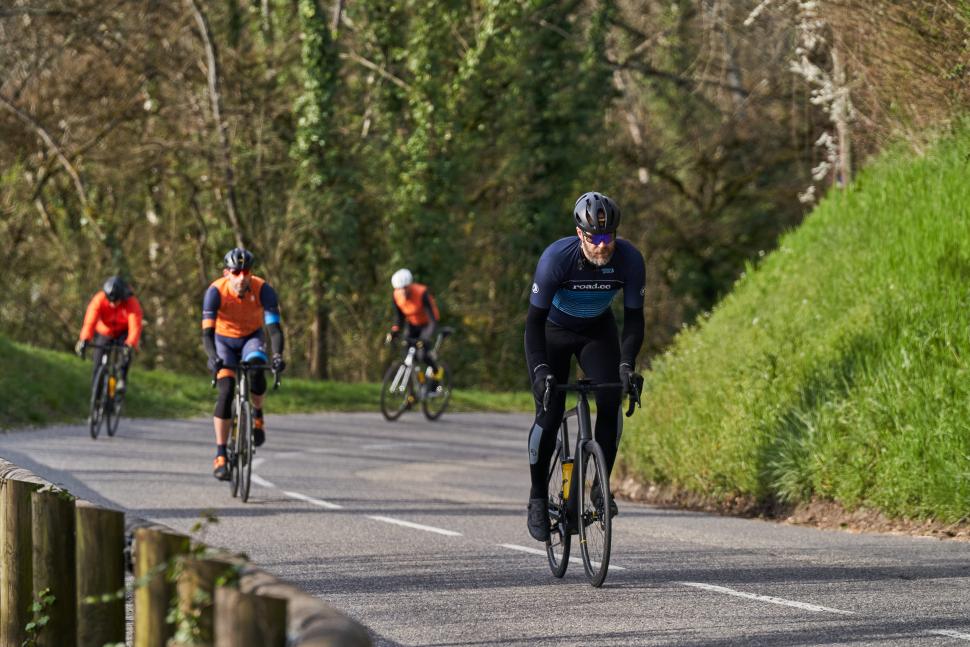
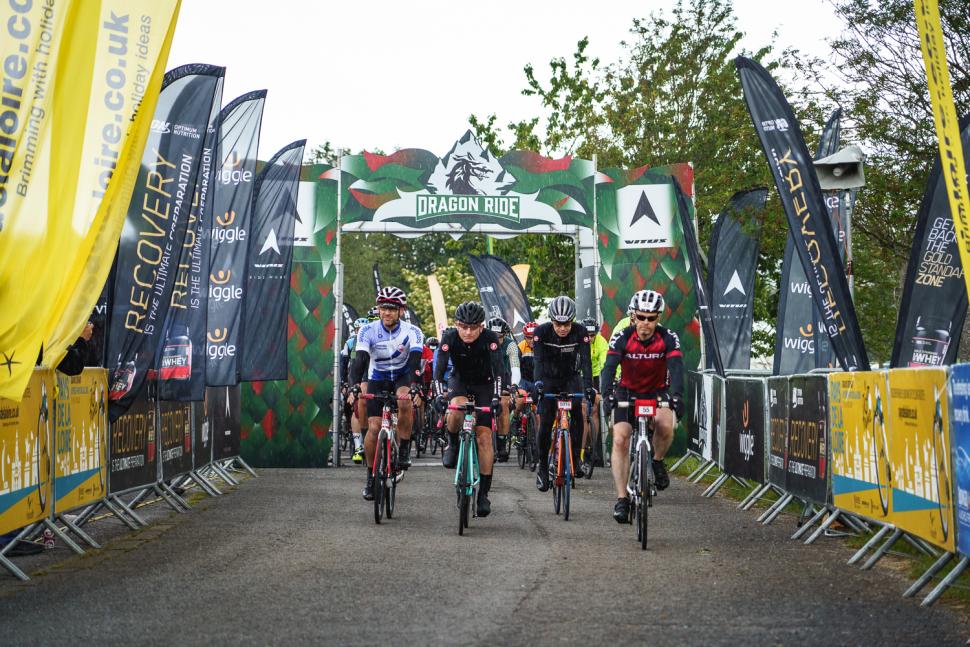
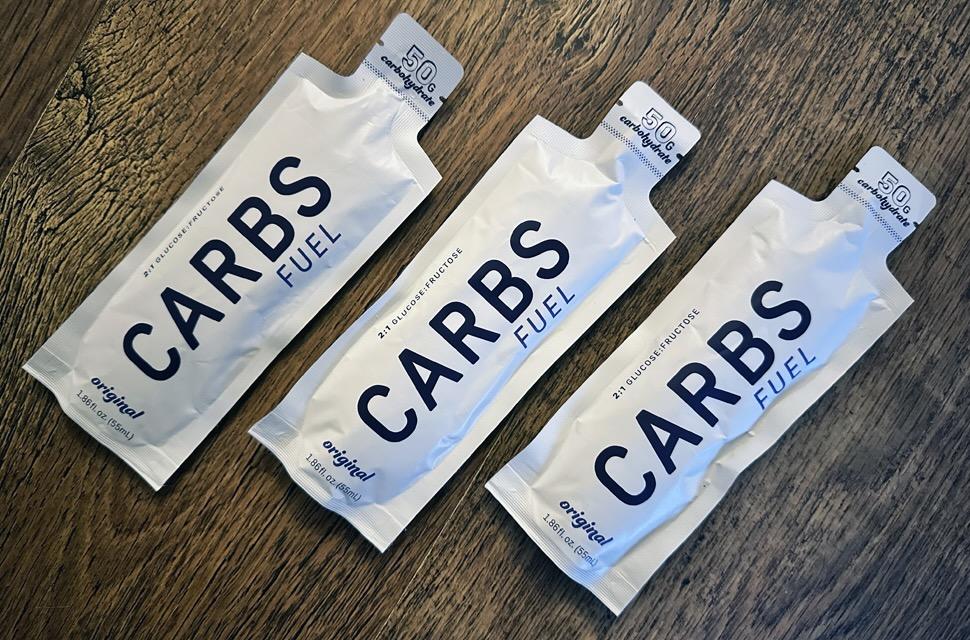
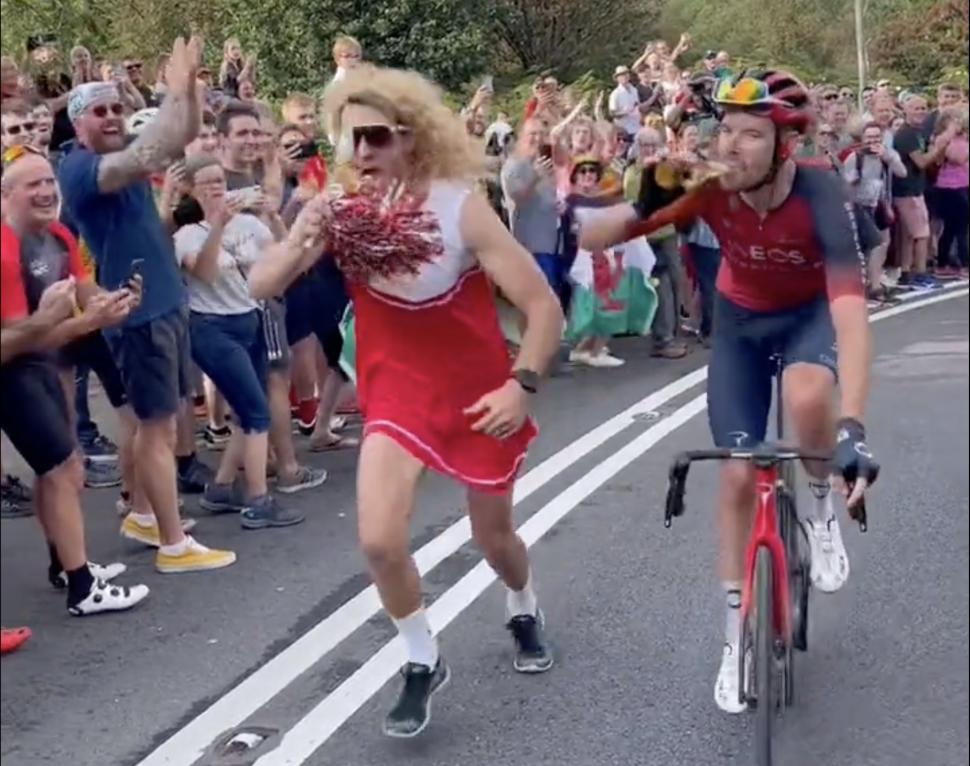
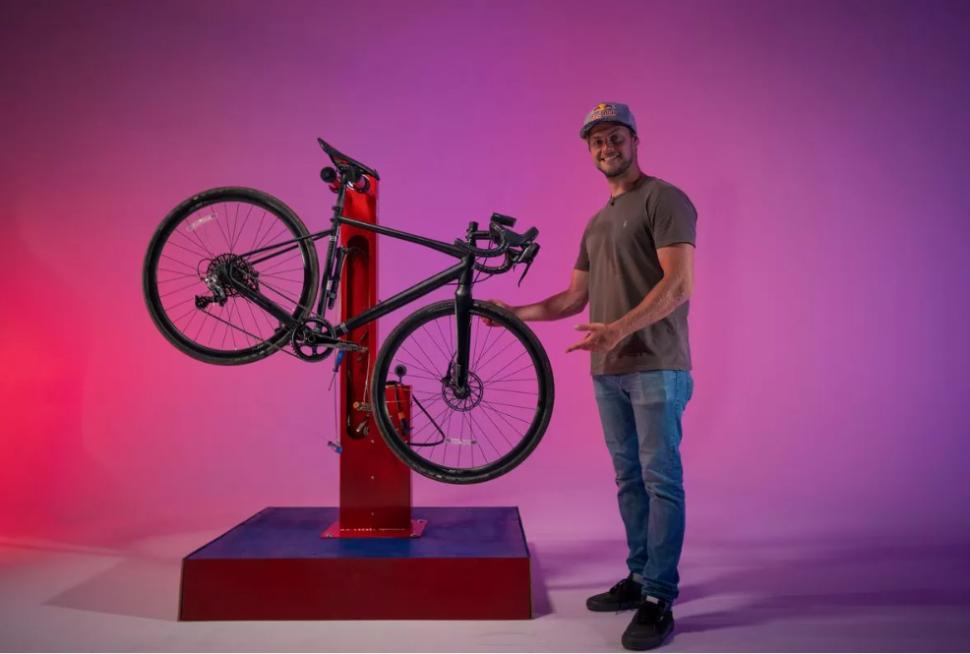
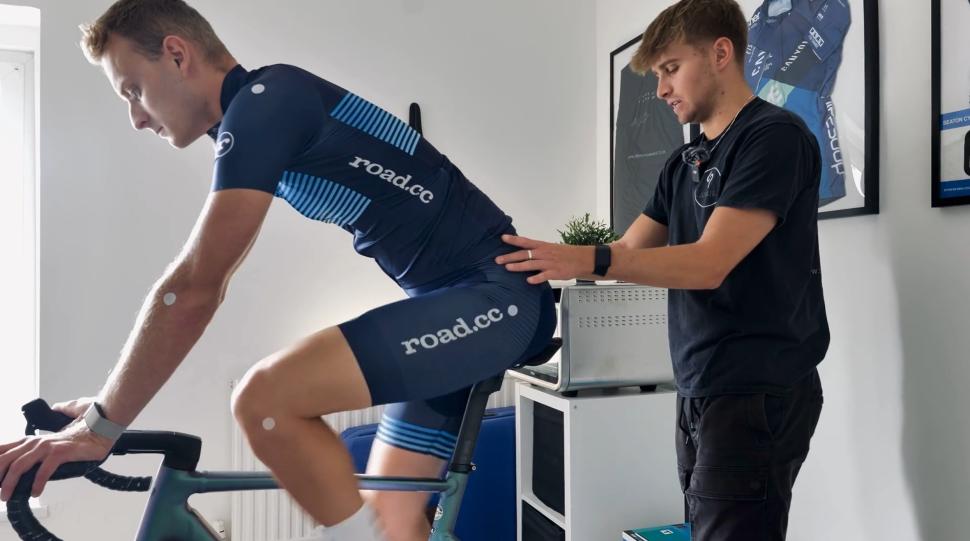
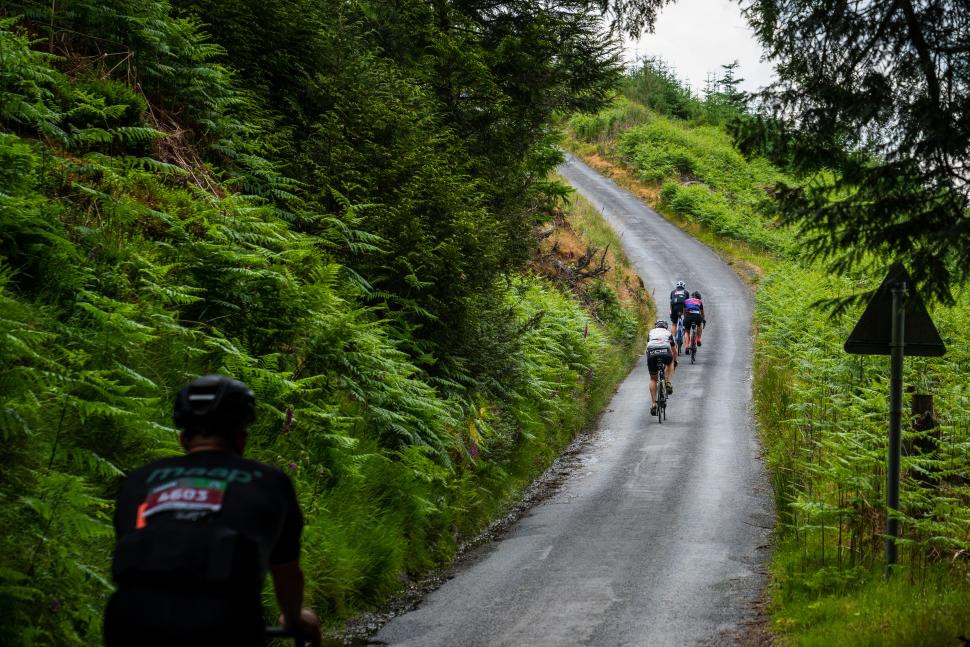
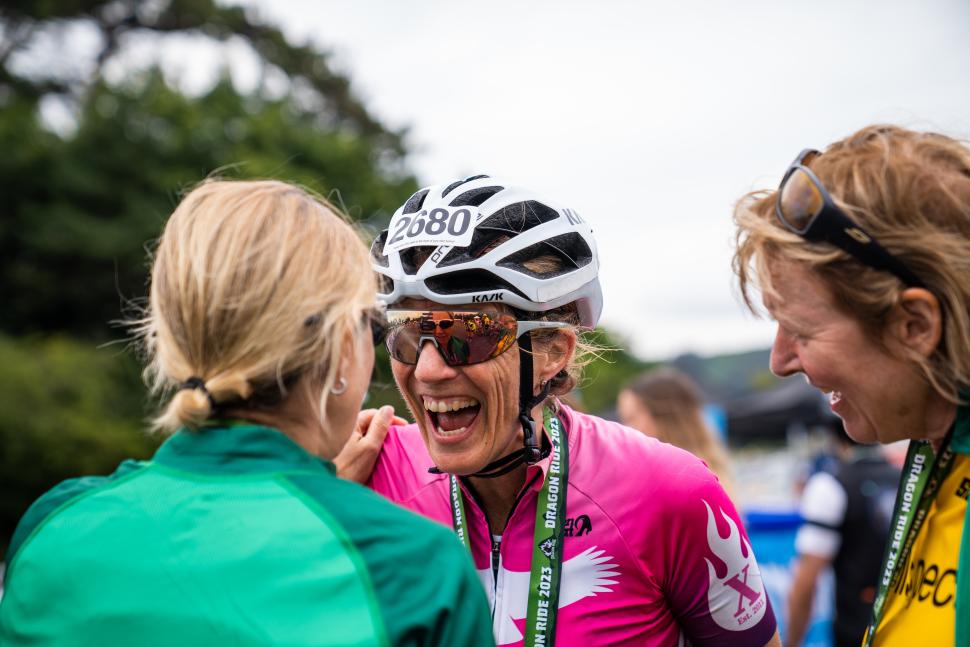
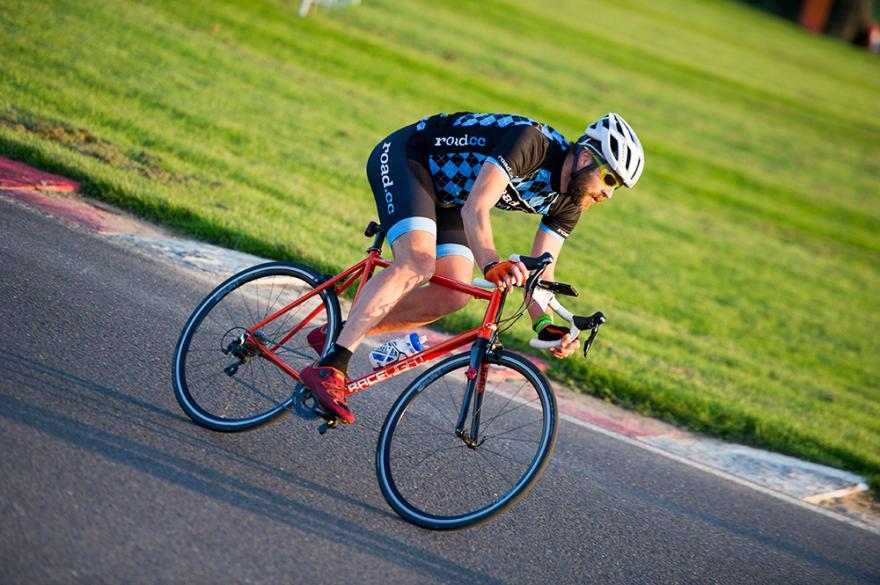
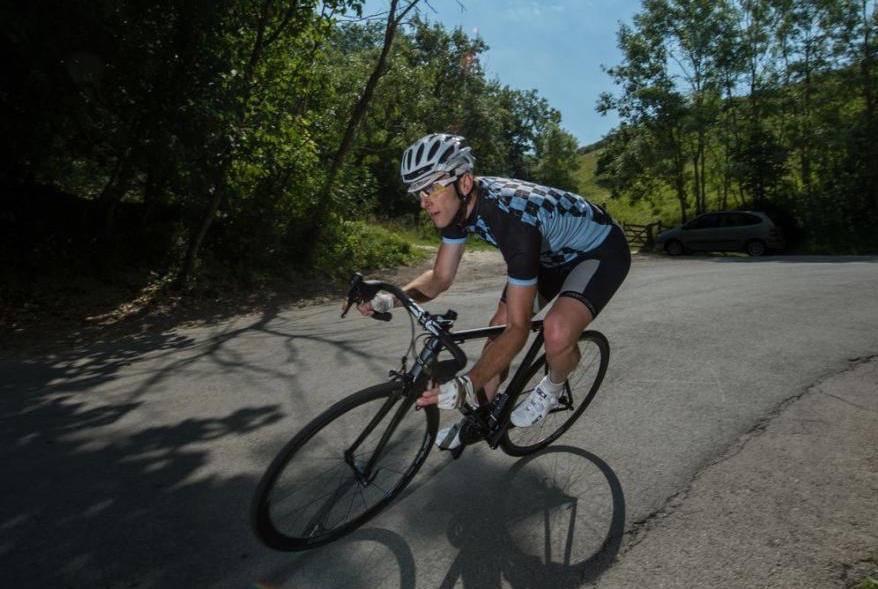
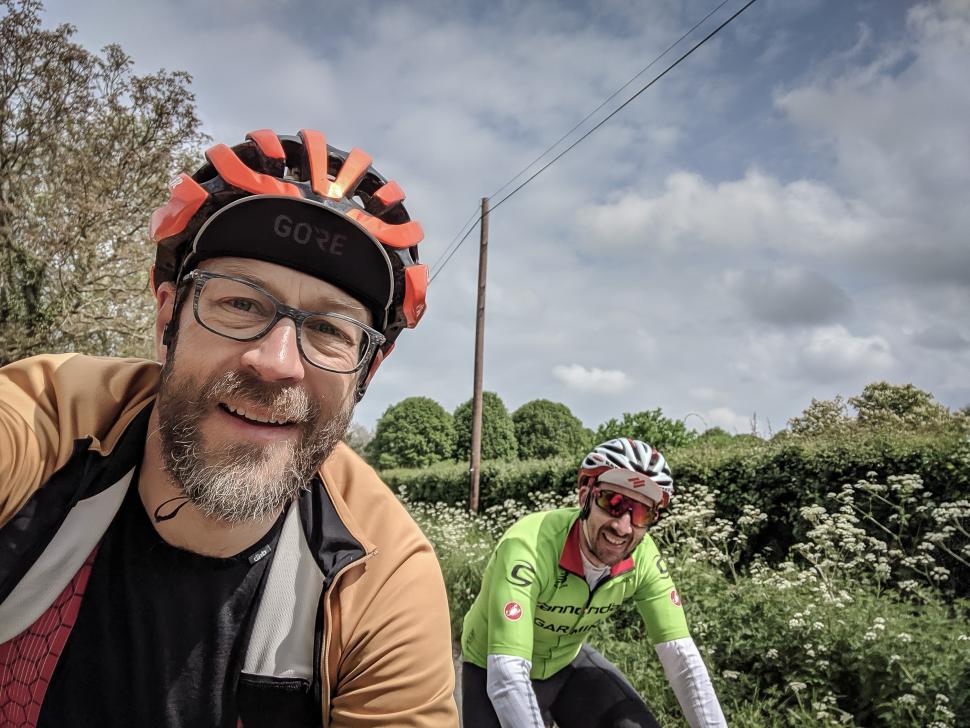
Add new comment
4 comments
Fig rolls have become my go to. A pack of fig rolls and a couple of jam sandwiches - all washed down with orange squash - gets me nicely through a 100-miler.
I made fig rolls last weekend.
Delightful.
Rowntrees Fruit Pastilles only time I let myself near them is while cycling. I eat those by the roll plus fruesli bars and organix fruit bars. They work for me on rides up to 100 miles. Never gone further than that. Maybe when I have a new hip later this year...
There may be mechanical support on a sportive, but you need still to be self-reliant - pump, patches, multi-tool, tyre levers and if applicable, two spare tubes. I carry a silver foil blanket in winter, a 50 ml spray-on sun oil in summer.
Event day is probably not the best time to bring out brand new kit for the first time.
I can't recall any problems with the food offering on the sportives I've done - the usual stand-bys of bananas, fig rolls and jelly beans are usually in good supply, and there usually some freebie energy bars around.
If you're on one of the New Forest sportives, don't give the locals excuses to hate: not that they need any. All the same, be careful around the animals if you encounter them, don't litter, and don't pee at the roadside.
I'll be doing my best for you when my usual local Facebook whinger starts up with his "warning" posts about upcoming cycling events - although last year we learned that his wife hacks a horse as he was asking drivers not to close pass her, so he may quiet down this year. Finally, please don't close pass local roadies on your way from/back to junction 1/M3.